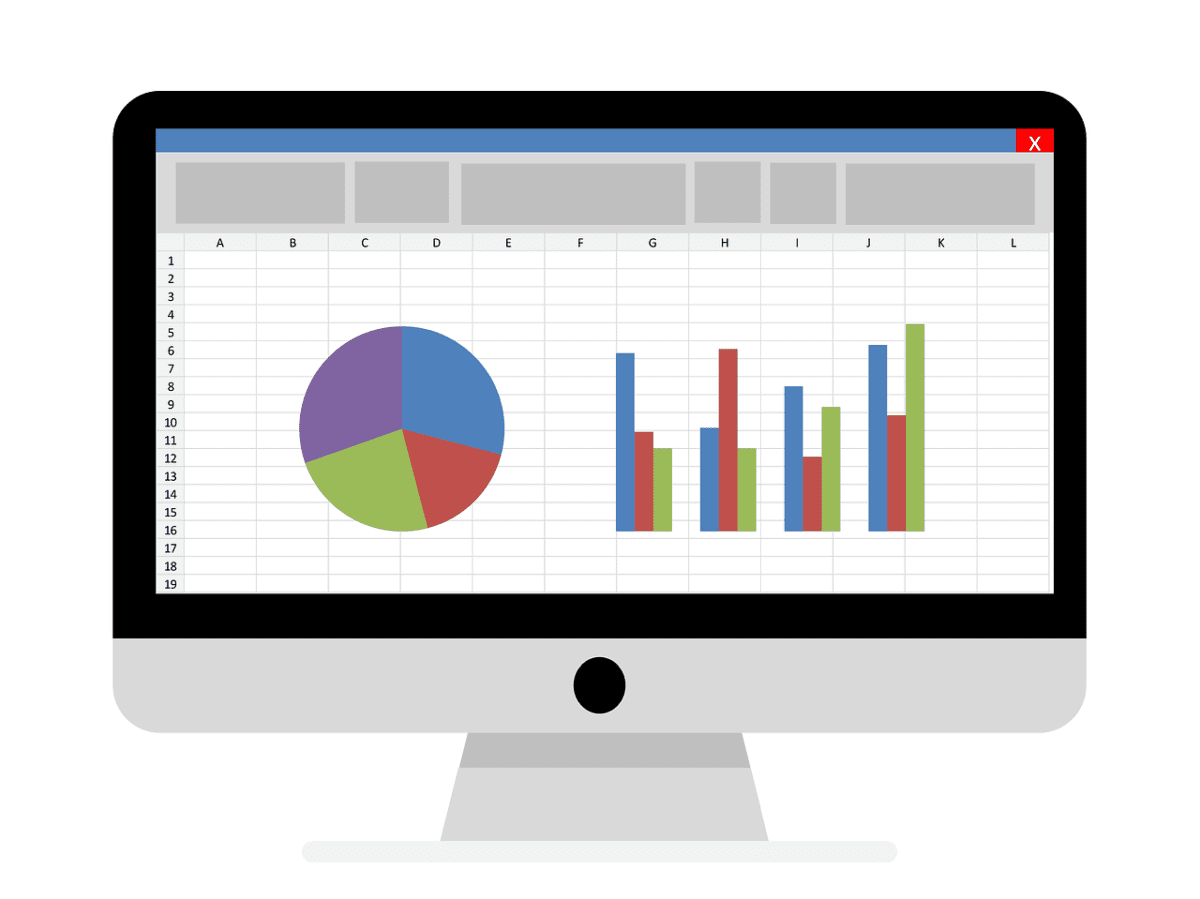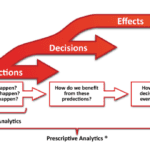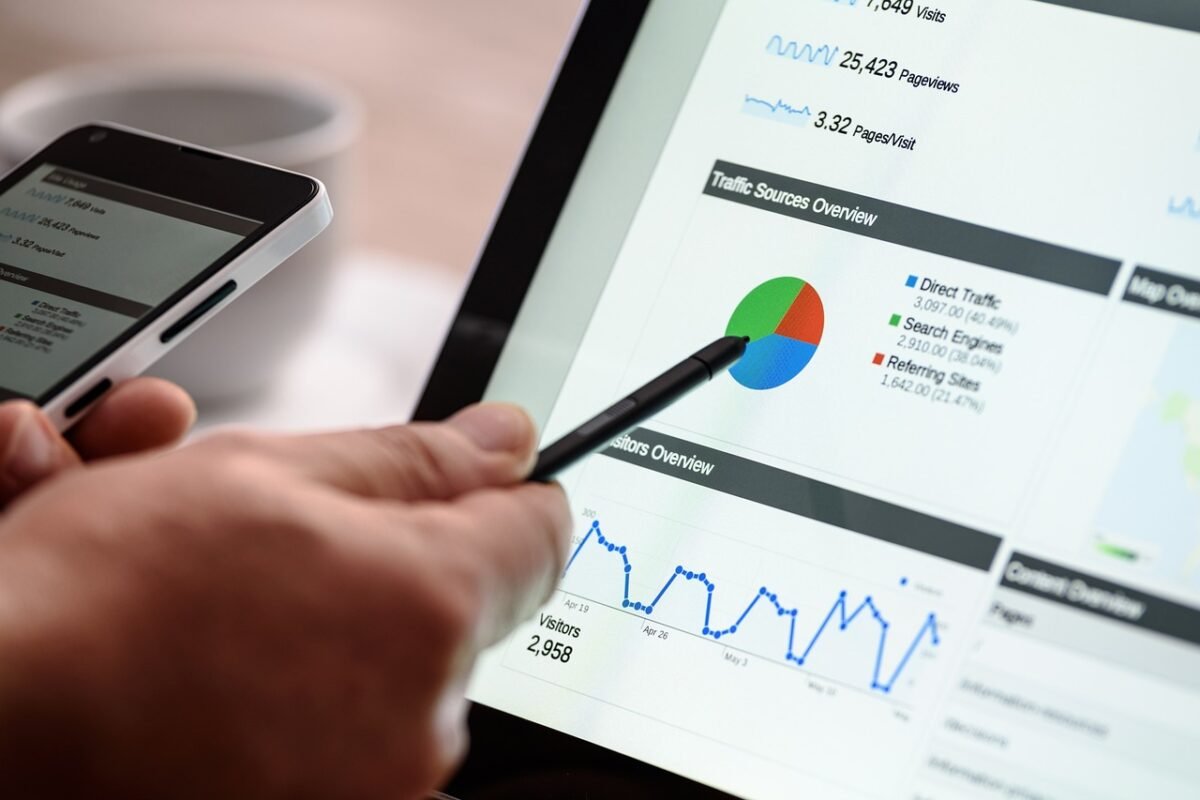Are you looking for the best sales KPIs to measure your team’s performance? In this blog post, we’ll share 10 of the most critical metrics that every B2B sales team should be tracking. By monitoring these key indicators, you can make sure that your sales force is staying on track and achieving its goals.
1. Sales Revenue per Sales Rep
Sales Revenue per Sales Rep: Sales revenue per sales rep is a metric that measures the individual performance of each sales rep. This information can help managers compare and evaluate sales reps, as well as detect any potential problems or opportunities. Sales managers can also use this metric to set competitive targets for their team and incent them with rewards.
2. Lead-to-Customer Conversion Rate
The lead-to-customer conversion rate is the ratio of total leads to total customers. This metric helps sales teams gauge how effective their lead generation efforts have been, and if further improvement is necessary. Knowing this metric will also help inform strategies for customer acquisition and retention.
3. Average deal size
For any business looking to grow, understanding the average deal size is integral to their success. Awareness of the typical amount customers spend on each order allows business owners to adjust and refine their strategies to maximize profits. Knowing which products are popular and what services customers require helps businesses determine the optimum pricing levels for each item offered. By leveraging data from customer transactions, businesses can pick the most effective sales model and pricing structure tailored to fit their customers’ needs – leading to increased profitability while still providing value to their patrons.
4. Win rate
Understanding the win rate is key to strategies in any game. The win rate measures the average number of wins divided by the total number of matches a player has participated in. Using this metric, players can quickly identify which strategies are more likely to yield success and which aren’t as beneficial. A high win rate means that a particular strategy has proven dependable and successful, while a low win rate reveals what approaches might need to be changed or avoided altogether. Learning how to maximize your win rate is essential for any player wanting to stay ahead in their respective game.
5. Number of Qualified Leads
The number of qualified leads is a metric that measures the quality and quantity of leads that sales reps are receiving. Knowing this metric helps sales teams determine whether their marketing efforts are targeting the right audience and if they need to make any adjustments. Additionally, it can help inform sales strategies by allowing reps to focus their time and resources on the most promising leads.
6. Pipeline coverage
The use of pipelines attracts a lot of attention and it is no surprise that pipeline coverage is an important topic. Pipelines can be used to transport a variety of materials, from oil and gas to hazardous waste. For those pipelines to be safe and secure, they must be covered with the right type of materials and installed correctly. Pipeline coverage is vital for protecting pipelines and ensuring the safety of citizens living near them and preventing environmental damage, such as pollution or contamination. Adequate pipeline coverage is essential in safeguarding our environment, properties, and people from potential disasters resulting from pipeline accidents.
7. Lead Response Time
Lead response time is a metric that measures how quickly sales reps are responding to incoming inquiries or potential customers. Responding promptly is key for making sure leads don’t slip through the cracks, so having this metric helps teams stay organized and efficient. Keeping track of response times also helps sales teams identify any opportunities for improvement, such as streamlining processes or training reps on better communication practices.
8. Sales cycle length
The sales cycle length can be a significant factor when determining success in marketing and sales. Understanding how long a customer takes to move through each stage of their journey towards purchase and how long they stay engaged with your brand is essential for businesses looking to reach their goals. It can take trial and error to figure out exactly what timeline works best for your company. Companies should remain aware of any changes to the buying process or an increase in the amount of time between engagement and purchase, so that they can adjust the sales cycle length accordingly to ensure optimal performance.
9. Number of touches per opportunity
Understanding how often you touch someone in a given opportunity can be incredibly powerful for improving the effectiveness of your sales process. Many modern sales teams have effectively begun to leverage tools that help track the number of impressions they make on potential customers, allowing them to gain insights into which touchpoints are most important and useful. Through monitoring these numbers, sales teams can focus more resources on high-value opportunities while minimizing time and energy spent on lower-yield areas. Additionally, understanding what’s effective when it comes to touches provides invaluable insight into customer preferences, allowing companies to improve their processes based on real data created by their efforts.
10. Sales Velocity
Sales velocity is the rate at which sales teams are able to generate revenue from closed deals. This metric helps managers unearth any potential opportunities for improvement in the sales process. It also gives them a better understanding of how quickly their team is able to turn leads into customers, which can help inform decisions on budgeting and resource allocation.
These are just some of the critical sales KPIs that every B2B team should track. Knowing these metrics will enable sales teams to identify areas of improvement, set goals and ultimately maximize their revenue potential. By learning and analyzing these metrics, B2B teams can ensure they’re always performing optimally.
Improving B2B sales can be challenging, but it is possible with the right strategy. Here are some tips to help you get started:
1. Take advantage of technology – Utilizing modern technologies such as customer relationship management (CRM) systems and digital marketing tools can improve your efficiency in managing the sales process and responding promptly and accurately to customer inquiries.
2. Understand the buyer’s journey – It is essential that you understand the stages of the sales cycle for each type of business customer and what influences them throughout their purchase decision. This can help you create more effective campaigns and tailor your approach to best meet their needs.
3. Know your target market – A critical factor in successful B2B sales is understanding who you are selling to and their needs. Knowing your target customers’ demographic, geographic, and psychographics can help you create more effective marketing campaigns that will appeal to them.
4. Focus on relationship building – Building strong relationships with customers is key for successful B2B sales. Developing trust, providing reliable support and demonstrating expertise are all essential in creating long-term relationships that will result in repeat business.
5. Set realistic goals – When setting goals for your sales team, make sure to take into account the resources at your disposal and set achievable objectives. Setting realistic goals will help ensure you don’t overextend yourself and your team.
Understanding how neuroscience can help you close more sales can increase your revenue and drive your business forward. Implementing some cognitive neuroscience principles discussed here can help boost your average deal size, win rate, and pipeline coverage. Reducing the number of touches per opportunity may also shorten your overall sales cycle length. What changes will you make today to start using neuroscience in your sales process?
By implementing these strategies and appropriate sales KPIs, you will be well on your way to improving B2B sales and achieving success in the long-term. You can make significant strides toward meeting your sales targets with a bit of hard work and dedication.











